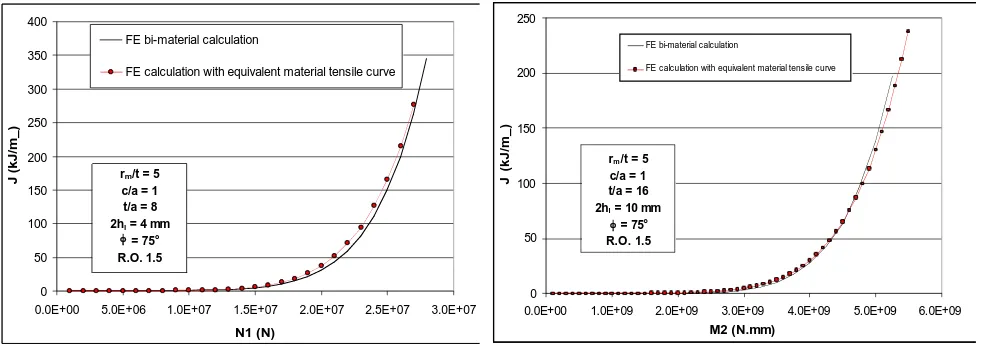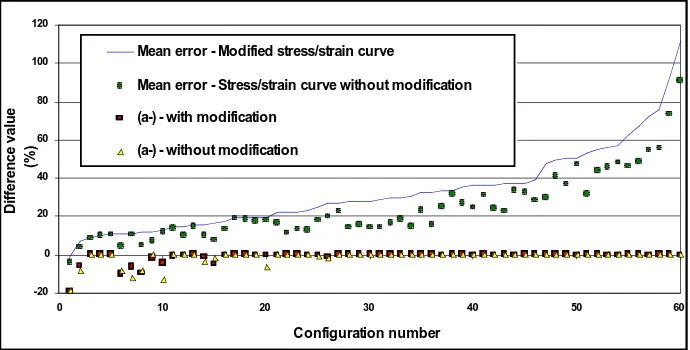A J estimation scheme for surface cracks in piping welds
Full text
Figure
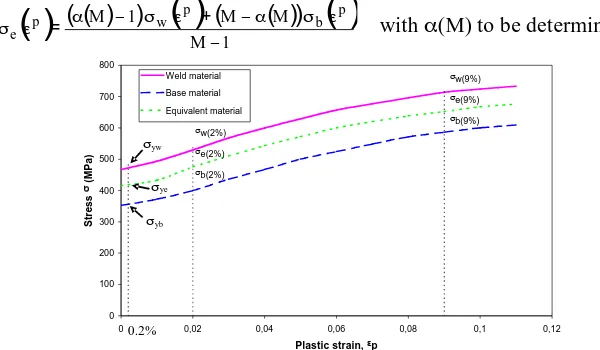

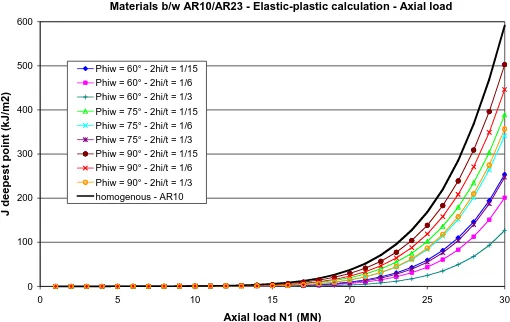
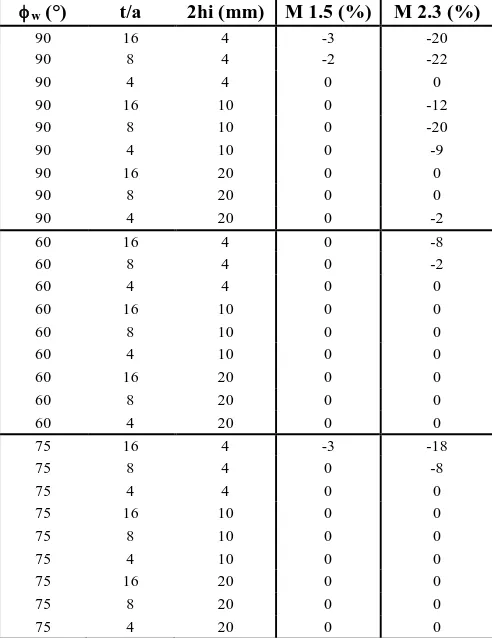
Related documents
The Commission therefore concurs with CNSC staff’s recommendation to add licence conditions that require the licensee to revise the MNR Policy Manual, prepare and submit a guide
understanding that article 23 of the collective bargaining agreement requires that an employe be able to fully perform the duties of their position in order to have the right
It goes on to argue that unlike traditional apocalyptic narratives that are mostly ‘user- oriented’ - a term used by Herbert Gans to discuss the fantastical nature of apocalyptic
However, recent pilot studies have provided some evi- dence that individual waivers through nomination by community groups can be effective in low-income set- tings where user fees
18 This 45-year-old female patient was admitted with us as a case of recurrent episodes of syncope associated with abnormal body movements.. On evaluating the patient,
or pancreatic extracts, showed that milk treated with pancreatic enzymes was more readily “digested” than pasteurized or ho- mogenized milk, but heat-treated milks (e.g.,
Amid growing demand for seafood, gas and other resources drawn from the world’s oceans, and growing stresses from climate change, we examine some of the challenges and solutions
Although the study further links low PTX3 levels with various features associated with metabolic syndrome, the results do not indicate that PTX3 can predict recurrent coronary
